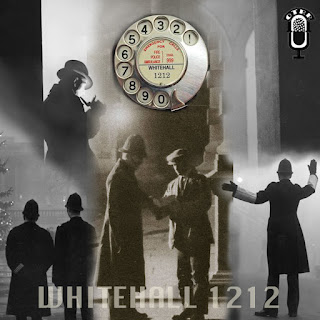(1940-1994)
Wikipedia Page
Michael O’Donoghue’s influence on 20th century comedy is incalculable. While he was not the type of comic writer who would ever get mass appeal due to his dark approach to humor, he was a part of two of the most influential comedy institutions of his era.
O’Donoghue grew up in Rochester, NY, and by college, he became enamored of being a comedy writer, writing original revues. Once he graduated, he wrote a comic strip for the Evergreen Review—not a comic magazine – featuring Phoebe Zeit-Geist, a woman who often ended up kidnapped and naked, parodying superhero comics. Gary Trudeau has cited it as an influence.
He ended up being one of the founding writers of The National Lampoon. Now the Lampoon has faded in every way since its heyday, but it was a smash hit when it started, showing a new form of humor – irreverent, dark, sexy, and willing to take no prisoners in its satire. O’Donoghue was in the center of that. He contributed many articles and eventually rose to be its editor. One of my favorites was his “How to Write Good,” a hilarious parody of writing advice columns.
By the late 70s, the Lampoon could do no wrong. It jumped into movies with Animal House. O’Donoghue wrote a record album – National Lampoon’s Radio Dinner, and wrote and appeared in the short lived National Lampoon Radio Hour.
Then Lorne Michaels came calling. He hired O’Donoghue to write and perform in the new sketch comedy he was developing – Saturday Night Live. O’Donoghue was one of the original Not Ready for Prime Time Players. As such, he was the first person to be shown in the first sketch, and also had the very first line on the show.
O’Donoghue had specific ideas about comedy, and put them into place. In general, he thought violence was funny. The sketch above shows some of it, and it was even more obvious in one recurring sketch where he would do impressions of celebrities have steel needles poked into their eyes. He also did a series of sketches as “Mr. Mike,” who told fairy tales that ended up with death and mass destruction – as he put it “random acts of meaningless violence.”
His most successful SNL sketch – considered a classic of the show --- was the brilliant “Last Voyage of the Starship Enterprise.” If you haven’t seen it, watch it here:
O’Donoghue was prickly, and thus left SNL after arguments. He tried to do a TV special – Mr. Mike’s Mondo Video – which was deemed* too violent and released as a film. He would be hired back a few times to SNL, but always was fired.
He took up acting roles and co-wrote and appeared in Scrooged. He also had some success as a songwriter, most notably “Single Women” which was a hit for Dolly Parton.
O’Donoghue died in1994 of a cerebral hemorrhage; he suffered from migraines for years. I would write more about him, but suddenly I am run over by a truck. The End.
_____________________________________________________
*Rightly

.jpg)
